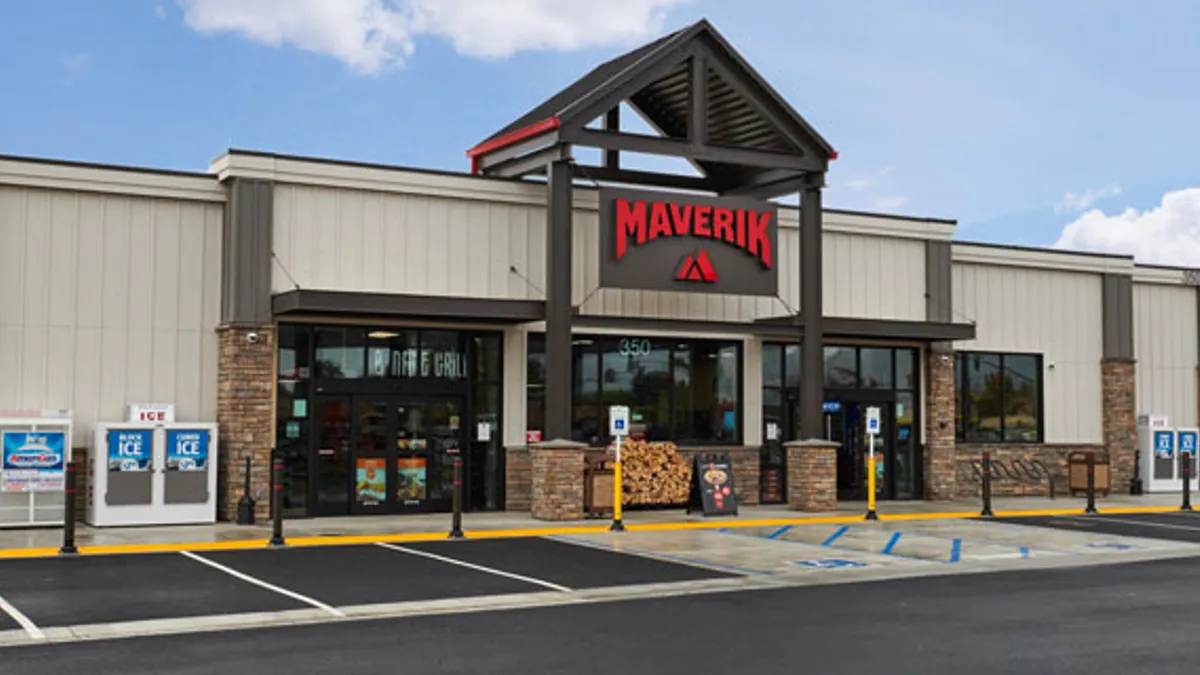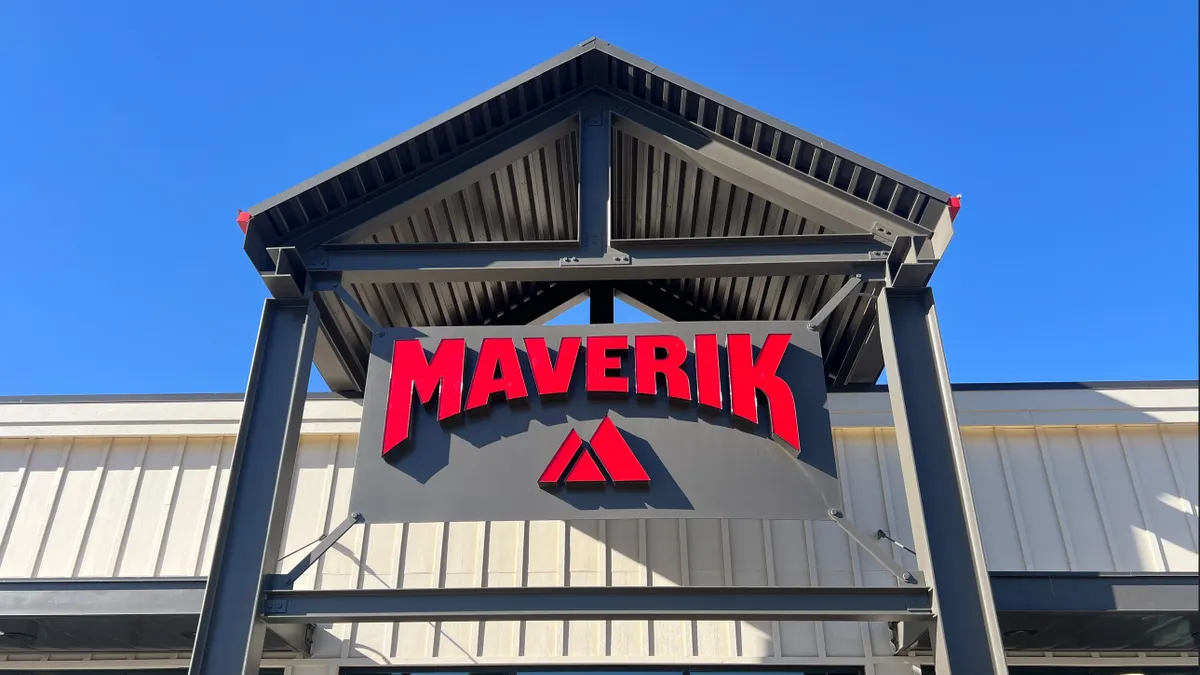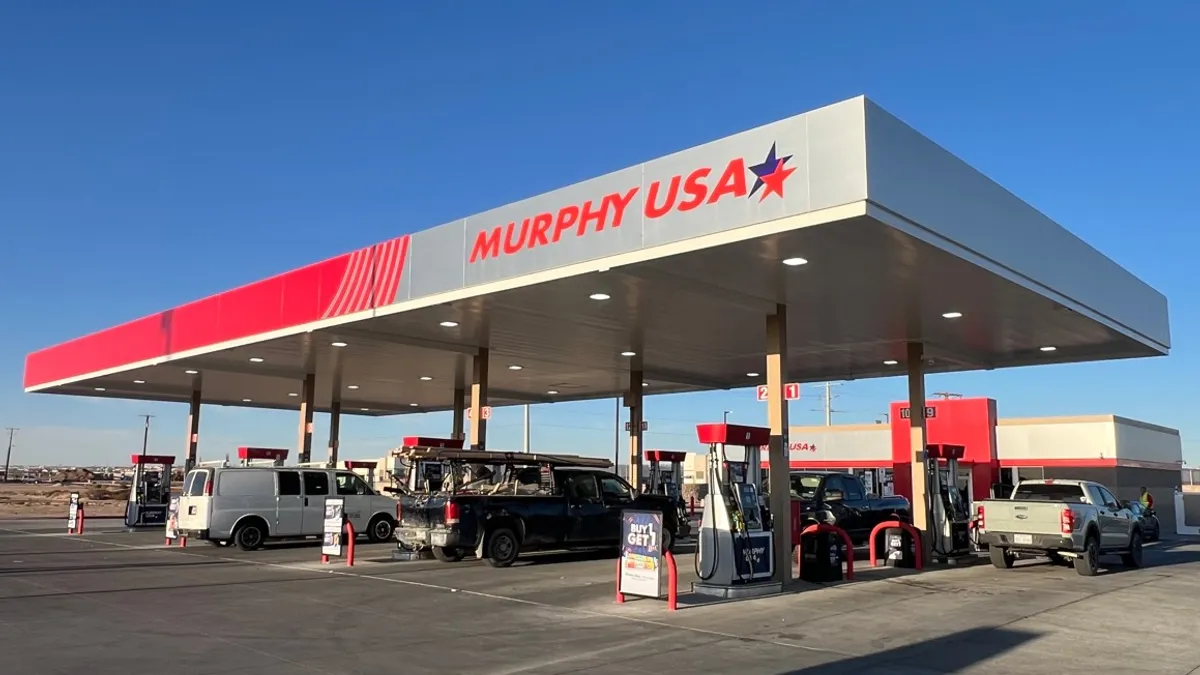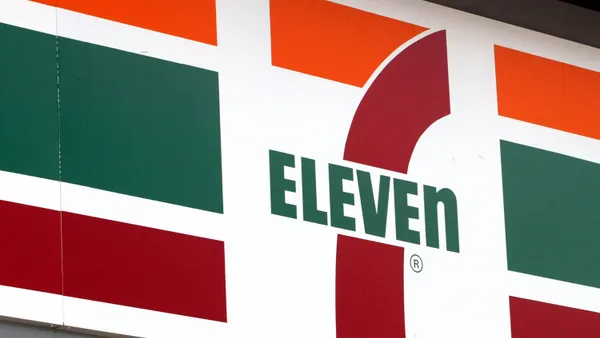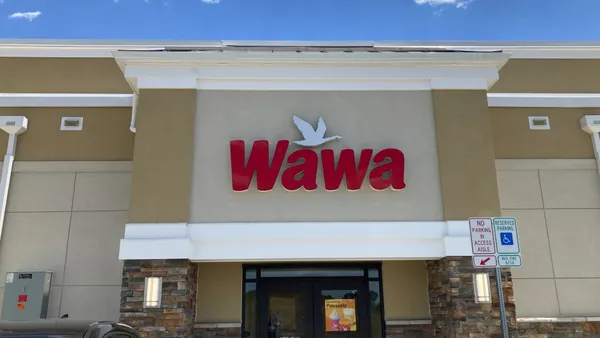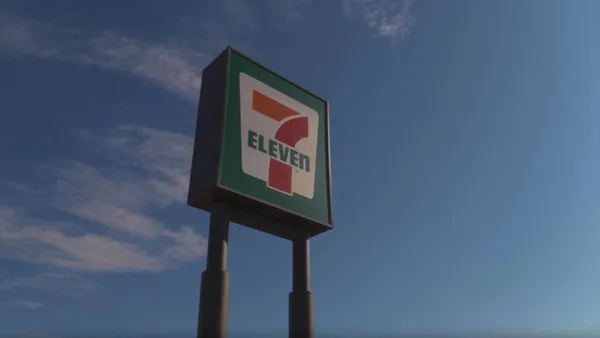After months of speculation, convenience retailer Kum & Go sold its entire 400-plus store network to West coast chain Maverik last Friday, marking the latest development in what has been a year dominated by c-store M&A.
The move, which is expected to close in the coming months, will create a retailer with more than 800 locations across 20 states, which would make Maverik one of the ten largest c-store retailers in the nation, according to NACS’ 2023 Top 100 ranking.
Although neither company disclosed the buying price, earlier this year, Reuters News Service valued Kum & Go at nearly $2 billion.
As of now, it’s unclear how the acquisition will affect Des Moines, Iowa-based Kum & Go’s employees and operations. But Jeff Lenard, vice president of strategic initiatives for NACS, doesn’t see much changing, at least for now.
“I think fans of Kum & Go and fans of Maverik can expect to see business as usual for at least the short term, if not the longer term,” Lenard said in an interview with KCII in Des Moines.
Before Salt Lake City-based Maverik purchased Kum & Go, competition between the two retailers had been heating up. Just a few months ago, Kum & Go opened its first location in Utah, in Draper, about 20 miles south of downtown Salt Lake City.
Now, the two are combining forces. But what will that mean for each brand and their customers?
Maverik and Kum & Go's footprint
Steve Montgomery, president of c-store consultancy b2b Solutions, said he can't imagine Maverik rebranding Kum & Go, since the Iowa retailer has such an established reputation in its current markets.
“It's not like Maverik is getting ready to go public and feels the need to have one brand in all its stores,” Montgomery said in an interview. “You’ve got two companies that do great jobs, that have got great teams — which could be an issue in merging.”
Acquiring Kum & Go is an opportunity for Maverik to bring its brand to a larger audience, Ernie Harker, Maverik’s former executive director of marketing from 2010 to 2018, said in an interview.
Although he agrees that Maverik will likely keep Kum & Go’s brand, he foresees a number of challenges Maverik will face in doing so, including maintaining the pricing structure and popular personality of each company.
“Executive leadership needs to be intentional about maintaining separate identities,” Harker said. “Otherwise, [Maverik and Kum & Go] could kind of morph into a similar brand with different looks and feels — and that's confusing to a customer.”
Despite the financial costs that could come with it — and losing a banner with a devoted following — Harker said he’d eventually “love to see” Maverik take over Kum & Go’s brand
“I think it'd be fun to see that, that potency of the brand be maintained across the whole platform,” he said.
Zooming out, Harker believes Maverik’s latest move represents the retailer saying it wants to become one of the biggest c-store operators in the market.
“They want to grow as big as possible,” he said. “They're smart business people — the bigger they are, and the better they operate, the better they'll perform.”
Maverik’s latest purchase underscores the frenzy of M&A the c-store industry has seen so far this year, including large moves from BP, Alimentation Couche-Tard and others. Lenard said in an interview that he believes this trend will continue as these companies compete not just against each other, but with other channels that seek to serve c-store customers.
Not only does Montgomery agree, but the longtime c-store veteran — who’s been in the industry since 1972 — said he’s never seen the start of a year filled with this much M&A activity from such large players.
“There may have been other periods, but it flew sort of under the radar,” he said. “You’ve got big companies buying really big companies — I don't remember that many being involved with those types of deals.”



